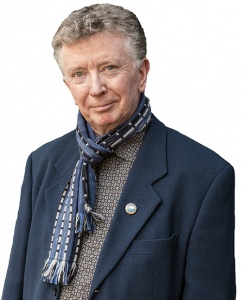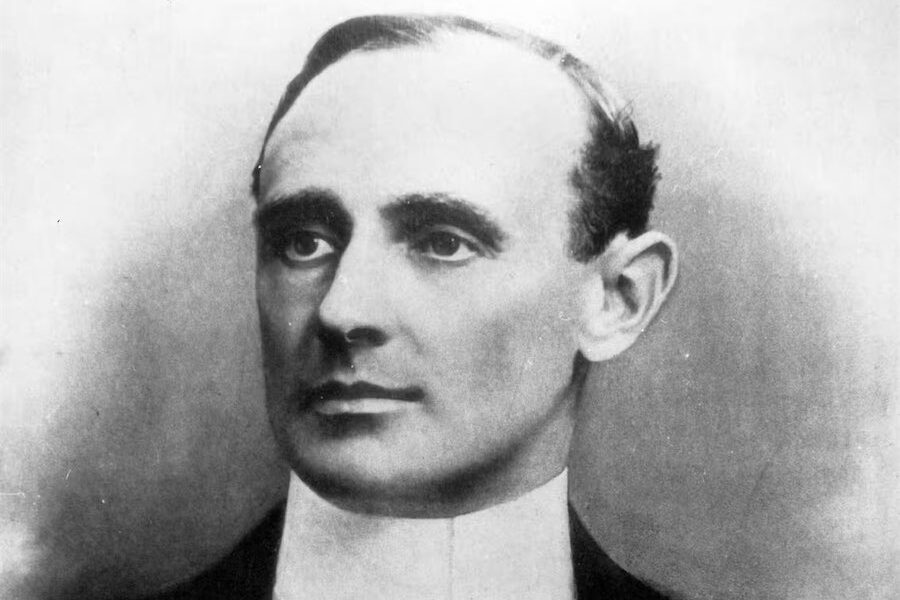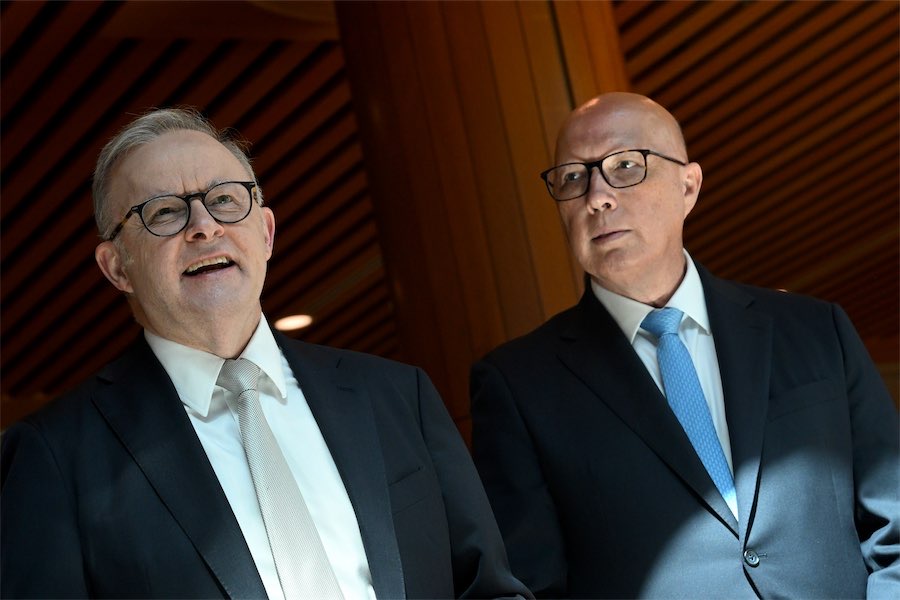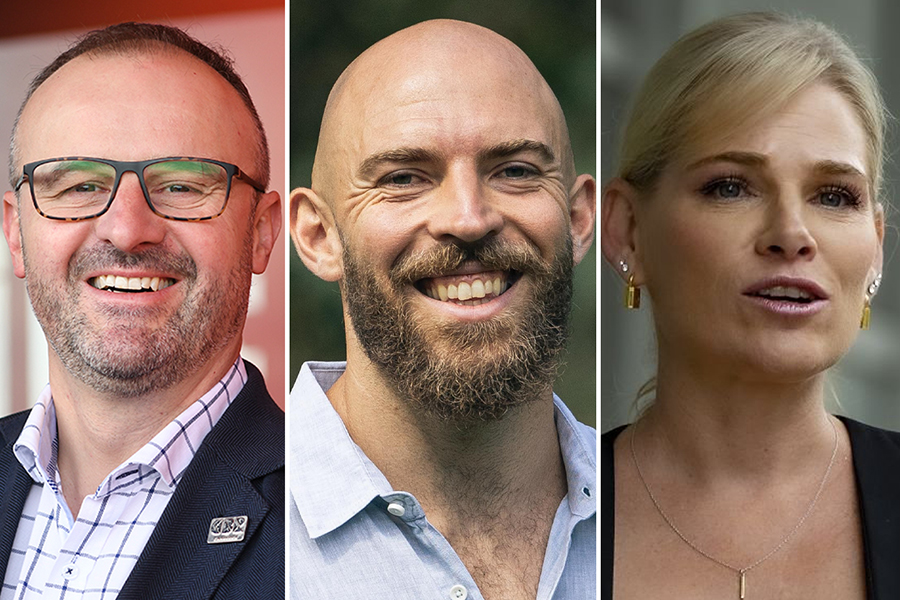
“When bureaucratic urbanists say there’s no harm losing views of the surrounding hills from West Basin or from the approaches to Commonwealth Bridge, they display an ignorance of the city’s heritage and landscape values,” writes “Canberra Matters” columnist PAUL COSTIGAN.
DRIVING west on Belconnen Way, under the Gungahlin Drive Bridge, there is a view that demonstrates how planning and landscape aesthetics are not in the skill set of those who run this city.

Until recently this journey into Belconnen was a tree-lined experience. Now, as you get to the underpass, the view is disrupted by high rises in the distance. The block is visible above the cherished tree canopy and so the aesthetic of this journey has now altered – for the worse. The ACT’s chief planner is responsible for this vandalism.
This is a city in a landscape. That’s what it was always meant to be. Yes, it is a bush capital, but it is so much more. The landscape is not something that has been added to the architecture as it has been built.
Natural and constructed landscapes are the fabric of the city. The urban landscapes include complex biodiversity, greenery, waterways, lakes and hills designed to complement other natural, cultural, social and architectural structures. All this came together to form the urban aesthetic of Canberra. Residents enjoy living here.
The landscape nature of the city works in an obvious and a subtle fashion. The natural and built green infrastructures benefit human health and wellbeing. Landscapes have added to the quality of life as well as providing opportunities for aesthetic and recreation enjoyment. Previous designers were careful to allow for views towards the surrounding hills and to ensure that suburbs had an ambience that included easy access to greenery, biodiversity and aspects of the natural environment.
The above is a very brief description of how landscape works in this city. This is not rocket science. A mountain of publications provides much better information on how important green infrastructure, landscape, biodiversity and heritage are fundamental to successful cities.
However, considering what is being done in our name by the ACT Labor/Greens government and its planning bureaucracies, including the City Renewal Authority, the conclusion must be that these people cannot read.
When bureaucratic urbanists state that there is no harm in losing views of the surrounding hills from West Basin or from the approaches to Commonwealth Bridge, they are displaying an ignorance of the city’s heritage and landscape values.
When the National Capital Authority chief planner signs off on planning for super high rise on Northbourne at the Wakefield and Macarthur streets intersection, or agrees to the infamous land swap of the Curtin Horse Paddocks for the filling in of part of West Basin, the NCA is failing as the national stewards of the landscapes intelligently put in place by former planners and landscape architects.
All this and more points to the wrong people being in key positions. These leadership jobs need professionals with expertise and experience in appreciating the value of landscapes to this city and a willingness to work with the residents.
All cities go through processes of change with the successful doing so by working with residents to build on the city’s identity, heritage and landscape aesthetics.
There is little of this awareness in what is rolled out by the ACT’s Planning Directorate. Residents continue to be frustrated and annoyed by the reality of what the directorate does not deliver on – for instance, planning that works for the city and its landscapes.
Every four years the topic of planning and development is discussed by candidates as they try to convince voters that they will deliver on the aspirations of the residents – and be the stewards of the city’s urban landscapes.
Next year there will be another government that will be taking responsibility for the city. In order to honour their commitments on planning and development, whoever forms the next government needs to deal with the reality that the Planning Directorate is no longer fit for purpose. A complete cultural change is required. Successful independents need to ensure this total change is a high priority.
Voters should not go to the 2024 election still talking about the same planning atrocities and government neglect of trees, greenery, biodiversity, heritage and landscape values.
Who can be trusted?
In a world of spin and confusion, there’s never been a more important time to support independent journalism in Canberra.
If you trust our work online and want to enforce the power of independent voices, I invite you to make a small contribution.
Every dollar of support is invested back into our journalism to help keep citynews.com.au strong and free.
Thank you,
Ian Meikle, editor




Leave a Reply